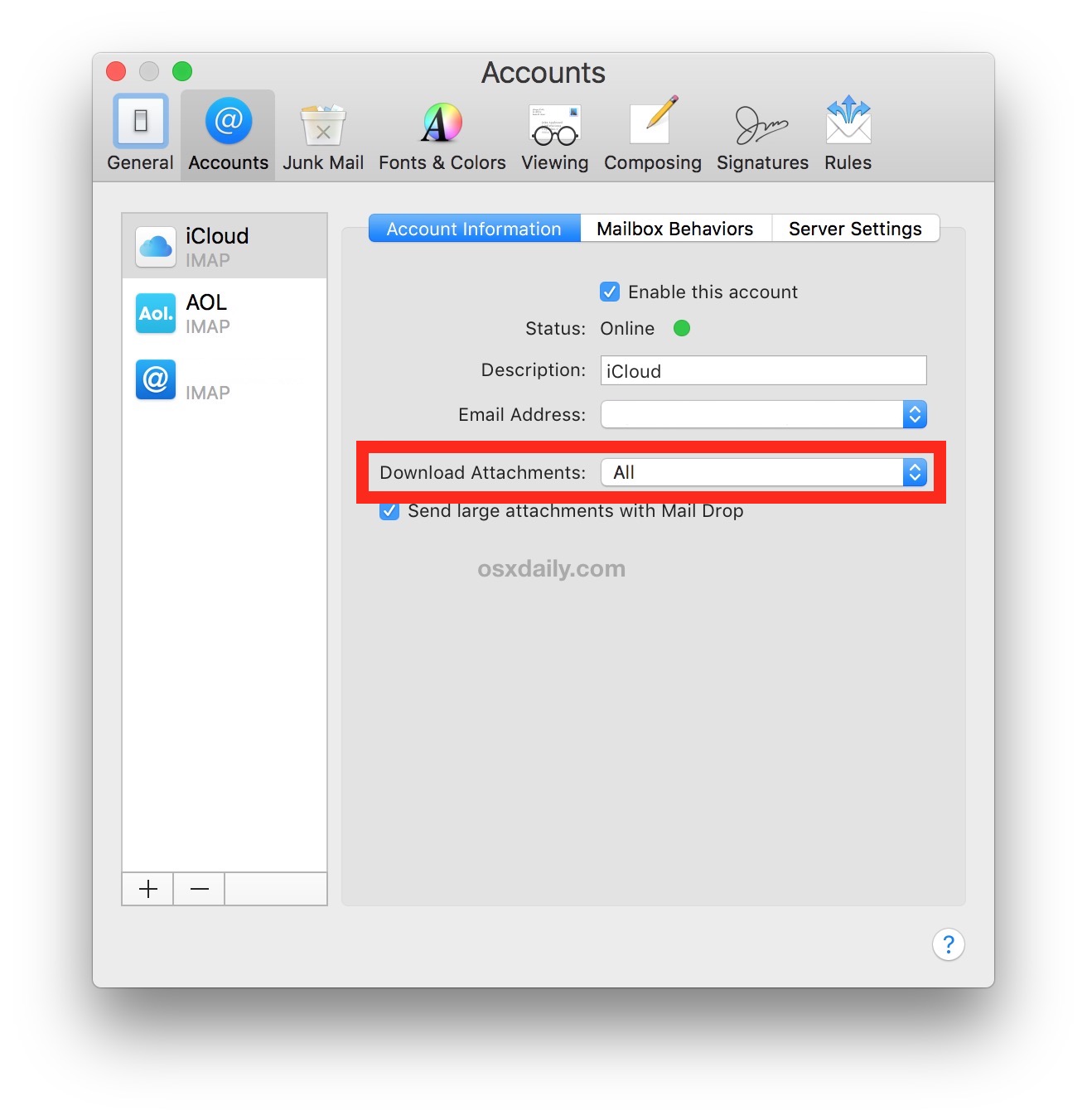Excel For Mac 2011 Unlock Column
Posted : admin On 24.12.2018To unfreeze panes, open your Excel spreadsheet. Select the Layout tab from the toolbar at the top of the screen and click on the Freeze Panes button. Then click on the Unfreeze option in the popup menu. Now when you move around in your spreadsheet, columns and rows should display as normal. Im using Excel for Mac 2011 ver 14.2.2 Whenever I open a I'm using Excel for Mac 2011 ver 14.2.2 Whenever I open a new or existing Excel spread sheet (workbook) the row above the columns contains numbers, not letters.
[] [] • Dixon M.R, Holton B. Altering the magnitude of delay discounting by pathological gamblers. Journal of Applied Behavior Analysis. 2009; 42:269–275.
It's basically saying that there's something at the far right of your worksheet (column IV pre–Excel 2003; column XFD thereafter), or else at the very bottom (row 65,536 pre–Excel 2003; row 1,048,576 thereafter). Often you don't know why it's happened, and you can't find any data anywhere near those extremes. Here's how to solve it. • Find the last column in which data appears (column AQ, say) • Highlight the next column to the right (column AR) • CTRL+Shift+Right • ALT, E, A, A. This last step is an old shortcut that still works to this day. In earlier versions of Excel, it selected Edit Cle ar All. Parallels for mac visual studio. Essentially, it gets rid of the contents and formats of all cells highlighted.
Do not cause the problem. The problem caused by the / may have something to do with the / being a divider used in the path name. Hoping this helps you solve your Read only problem.

Data: Cheese production per country in tonnes, 2014. 222 float values in cells A1 through A222. Task: Select column A:A. Retrieve values.
As described above, the discounting parameters are derived from the participants' series of choices between an SSR (values less than $100 that adjust following each response; see, for examples of this adjustment procedure) and an LLR (in this example, always $100) across varying lengths of delay (i.e., the delay until the receipt of the LLR). In this case, you choose the delay values (in days; adapted from ) of 1, 5, 30 (i.e., 1 month), 60 (i.e., 2 months), 180 (i.e., 6 months), 270 (i.e., 9 months), 520 (i.e., ≈1.5 years), and 1,460 (i.e., 4 years) days. The observed subjective values yielded by your assessment for one participant are 99, 70, 60, 50, 30, 20, 7, and 1, respectively (across delays of 1 day to 1,460 days). The remainder of this article will discuss the procedures to derive discounting scores ( k and AUC) for this participant (and conceivably others).